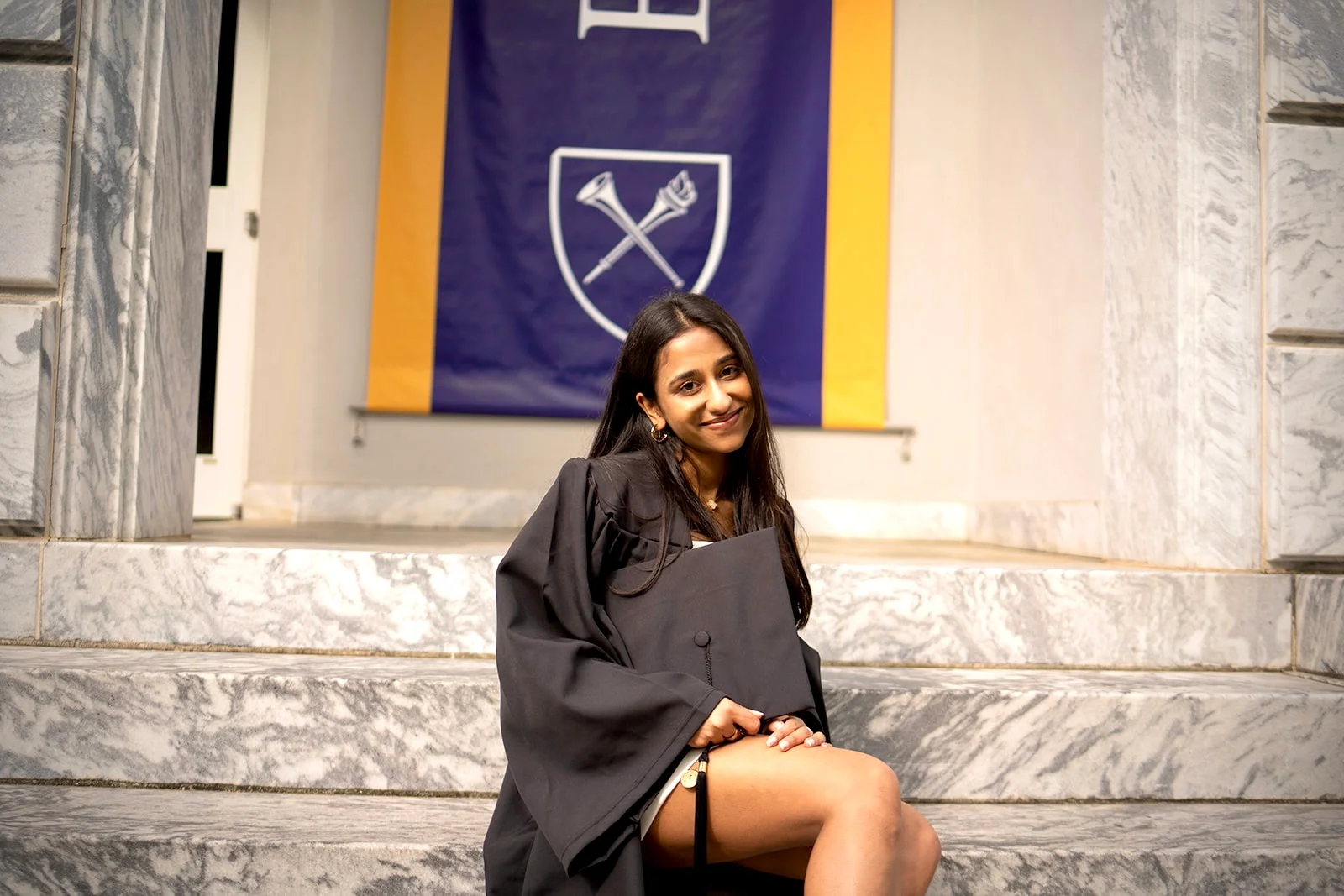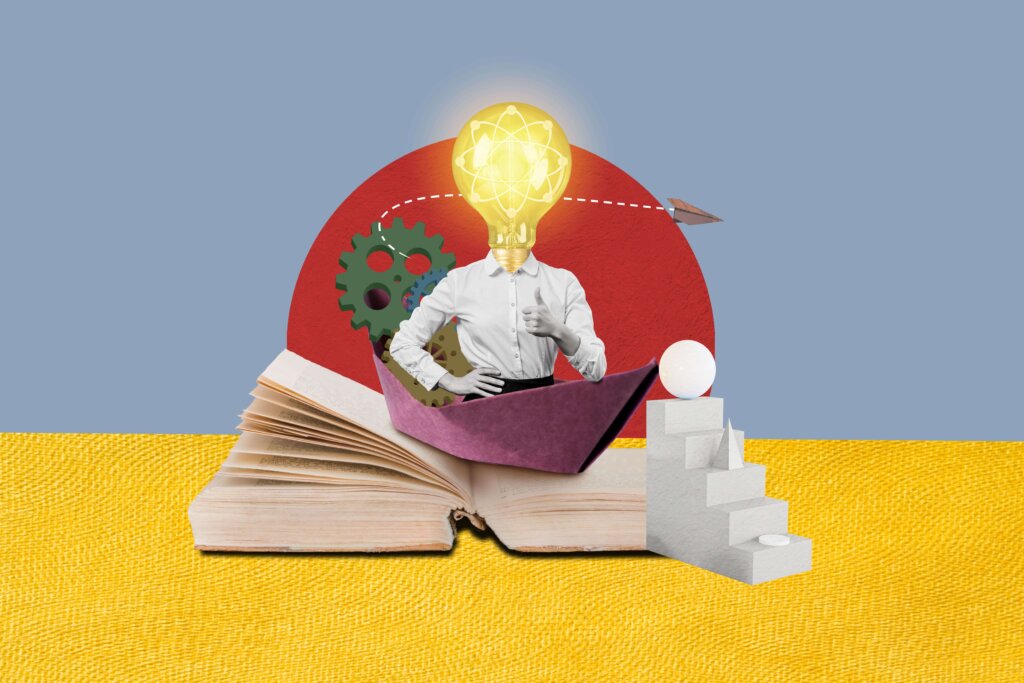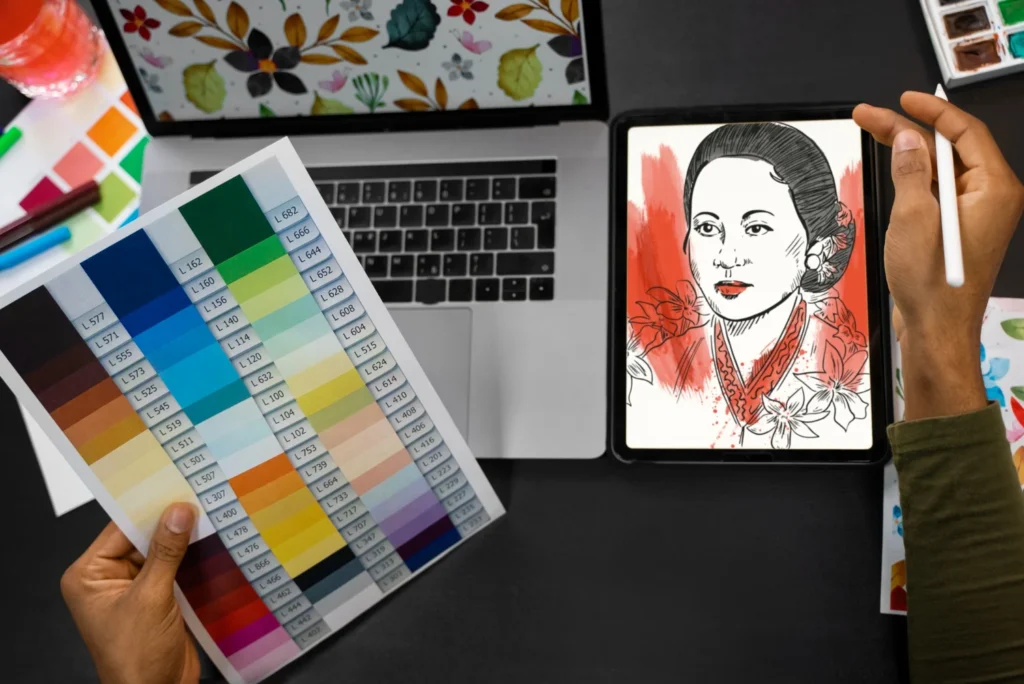I still remember the overwhelming first day at Emory University. Jetlagged, teary-eyed, and entirely out of my element, I ran through the towering Haygood-Hopkins Gate—three times my size—and straight into my mother’s arms. The sprawling green quad of Emory’s 188-year-old campus felt foreign, the accents unfamiliar, the jetlag real. I wanted to go back home.
But life has a way of surprising you. Slowly, Emory began to feel less intimidating and more inviting. The campus, with its fully equipped labs, buzzing dining halls, and cosy libraries, began to offer comfort. That same quad, which I had once crossed with dread, soon became the highlight of my day; my daily walk to Econ 101 felt like a little ritual.
When the pandemic changed everything at Emory
Just as I was settling in, COVID-19 struck, drastically altering my college experience, making it far from the ideal ‘US College Life’ I had envisioned. Overnight, the buzzing campus went silent. Sitting inside my dorm room at Alabama Hall, attending virtual classes, and missing out on college events due to campus restrictions felt daunting.
However, the faculty supported us in every possible way. Our Resident Advisors checked in with us weekly, creating a small but strong sense of community that carried us through the uncertainty. Professors put in extra effort to make virtual learning more engaging. Our live online classes often included breakout room discussions with five to six students, something I initially dreaded, but soon grew to appreciate. It gave us a chance to connect, share, and bond.
But in sophomore year, restrictions were lifted, masks came off, in-person classes resumed, and Emory returned to life. My daily interactions with people from different corners of the world transformed strangers into acquaintances, then friends, and eventually, family.
Reliving Emory’s history through its architecture
Living in Harris Hall, a grand dorm dating back to 1929, felt like being part of history. It was initially an all-women’s hall for nursing school students. On the outside: white marble and Renaissance charm. On the inside: neon posters, fairy lights, and the chaos of dorm life.
I often found myself pausing outside some of the buildings on quiet evenings, looking up at their stone facade glowing under the soft campus lights. There was something grounding about being surrounded by buildings that had stood tall for nearly a century.
The architecture across Emory’s campus speaks volumes. Buildings like the Theology Building and Carlos Hall, both designed by Henry Hornbostel, showcase a striking Beaux-Arts influence. Meanwhile, the Asa Griggs Candler Library, crafted by Ivey and Crook, reflects classic Italian Renaissance elements.
These aren’t just buildings. They were silent witnesses to generations of students finding their way. In my most uncertain moments, walking past those timeless arches and marble columns reminded me that I, too, was becoming part of something bigger.
Living on Emory’s campus
Most mornings began in a blur. I would hit snooze one too many times, throw on the first clean outfit I could find, and mentally plan my breakfast strategy as I rushed out the door. On indulgent days, I would head to Dobbs Common Table, Emory’s bustling dining hall, where the buffet never failed to deliver. But when I fancied something a little more exciting, Cox Hall was my go-to. A lively food court tucked near the centre of the campus, it offered everything from sushi to stir-fry. My weakness was the quesadillas at Twisted Taco. Perfectly cheesy, slightly spicy, and always worth the queue.
With breakfast sorted, the day officially began. I would weave through the quad, now bathed in Georgia’s sunlight, dodging frisbees and skateboarders, waving at familiar faces, and soaking in the hum of campus life. Then came classes: Economics lectures at the College of Arts and Sciences, followed by a brisk walk uphill to Goizueta Business School for modules like Managerial Accounting or Marketing 101.
But Emory was never just about academics. As the day wore on and the sun began to dip, campus traditions came to life. Tuesdays were for the farmers’ market, with fresh fruit, kettle corn, and those addictive mini-doughnuts. “Wonderful Wednesday” was a midweek carnival of sorts with music, games, and free treats at Asbury Circle. Thursdays were reserved for Kegs, a much-loved tradition at Goizueta, where students gathered on Patterson Green with drinks in hand, swapping stories and winding down.
Evenings offered a change of pace. Some days, I would head to Lullwater Preserve for a quiet jog along its winding trails. The lake shimmered at dusk, and if you were lucky, you might spot a deer or a line of geese crossing your path. On other evenings, I chose WoodPEC, the campus gym, for a workout before watching the sun set behind the tall glass windows of the Student Activity Center.
Nights were always social. After a quick shower and a change of clothes, we would head out in search of dinner. Sometimes it was back to DCT, but more often it was Kaldi’s at The Depot – my favourite stop for a bagel or a burrito bowl. We would sit there for hours, chatting about our day, planning the weekend, or simply enjoying the lively atmosphere.
If there were still any energy left, I would find myself back in someone’s room or the dorm’s common area. A deck of cards would appear, or someone would start a round of Secret Hitler – the game we fought over, and always enjoyed. Life at Emory was chaotic, competitive, and so much fun.
Embracing adulthood at Emory
Moving out of the dorms, which had been such a nostalgic part of my journey, and into a flat with a couple of close friends marked the true beginning of adulthood. Suddenly, everything was our responsibility. We cooked our meals, made our beds, and swept the floors, all while managing lectures, assignments, case studies, midterms and finals. It didn’t take long for Google Calendar to become my most frequently used app.
Simple tasks I had never done in India, like doing laundry, became part of my daily life here. It was a humbling experience. For the first time, I truly recognised that having household help is a privilege, not a given. That awareness has stayed with me.
Our new home at Emory Point was just a ten-minute walk from campus, with the university’s shuttle service making the commute even easier. The real adventure, however, unfolded inside those walls. Setting up the flat from scratch, buying utensils, cutlery, mattresses and figuring out how to make it feel like home kept us busy for days. We made at least five trips to Bed Bath & Beyond in the first two weeks alone.
Living with two of my closest friends brought both comfort and joy. We cooked together, sat down for lunch and dinner as a little unit, and slowly grew from classmates into something closer to sisters. There were days when we missed home, of course. But more often than not, we found comfort in the friendships we had built. That flat, with its mismatched mugs and shared chaos, became more than just a place to live. It was where we laughed, struggled, supported one another and learnt how to stand on our own two feet.
Getting accustomed to Emory’s academics
Each year at Emory came with its own rhythm, challenges and wins.
Freshman year:
This year was about trial and error, and thankfully, gentle beginnings. The coursework included Economics 101, a Freshman Writing Seminar, a Global Health course, Math 101, and a few other classes. The pace allowed me to find my bearings. The year was spent navigating lecture halls, understanding citation styles, and writing research papers, a format that felt completely foreign back home after school.
Sophomore year:
Sophomore year brought a sharp shift in pace. I had to declare my major, and after much reflection, I chose to pursue a double major in Finance and Marketing, along with a secondary major in Economics. This meant transitioning from the College of Arts and Sciences to Goizueta Business School. Everything became more rigorous, but also more stimulating.
Most of my classes were lecture-based and included a mix of statistics, theory, and, to my surprise, coding, which I grew to enjoy. My coursework included managerial finance, business economics, and organisational behaviour. Economics turned from abstract theory into something dynamic and analytical.
To my surprise, many of these involved coding assignments using R and Python—tools I initially struggled with but eventually grew to appreciate. I discovered the joy of solving complex problems and the unexpected satisfaction of debugging lines of code at 2 am.
Sophomore year also sharpened my decision-making skills and gave me clarity about the intersection between business, numbers, and human behaviour, a space I knew I wanted to explore further.
Third year:
At Emory, I was fortunate to form several meaningful connections with both faculty and peers. One of the most memorable was with my accounting professor, Dr. Allison Kays. During our very first Zoom lecture, she boosted my confidence by saying, “You’re already getting the hang of it.”
With time, our bond and my passion for financial accounting deepened. I even took a managerial accounting course with her, where she appointed me as a teaching assistant. I found myself immersed in work I loved, delving into the intricacies of accounting and sharing that passion with others.
Dr. Kays also referred me to her colleague, Dr. Suhas A. Sridharan, at the Goizueta Business School, for a research assistantship, where I gained hands-on experience in economics.
During this year, I also actively engaged in intellectual discussions on economic policies through the Emory Economics Society. More recently, I had the honour of joining Goizueta Women in Finance, an opportunity I am especially excited about, as it will allow me to connect with like-minded individuals.
Balancing both research and teaching assistantships alongside my coursework challenged my time management skills, but also deepened my passion for applying what I learned. There were moments of struggle, too. Group projects pushed me beyond my comfort zone, and technical concepts did not always click immediately. Yet, through it all, I learned the value of persistence, the importance of community, and the courage to seek help when I needed it most.
Graduating year:
As I approached graduation, I looked back at my time at Goizueta with immense gratitude. Senior year had brought its own set of challenges, especially balancing capstone projects, leadership roles, and career planning. Courses like strategic management and advanced corporate finance encouraged me to think beyond the numbers, focusing more on practical experience than theoretical knowledge. Through it all, I’ve learned that growth doesn’t come in moments of ease, but in overcoming uncertainty and challenges.
Some places change you in ways that are not immediately visible. Emory did that for me. It was never only the classes, the campus, or even the people. It was the way everything wove itself together, quietly, consistently, until one day I looked around and realised I had grown into myself. Perhaps this is what US universities do. Instead of changing you, they give you the space to evolve into the person you are meant to be. If you’re looking to pursue an undergraduate education in the US, contact The Red Pen. From helping to select an institution where you will thrive to editing your essays and submitting your application, the undergraduate admissions team here will support you at every step. Meanwhile, read their latest blogs: What’s Changing in Global Undergraduate Applications: Trends from the 2025-26 Cycle Onwards and Hidden Gems: Everything You Must Know About The Seven Sister Colleges In The US




